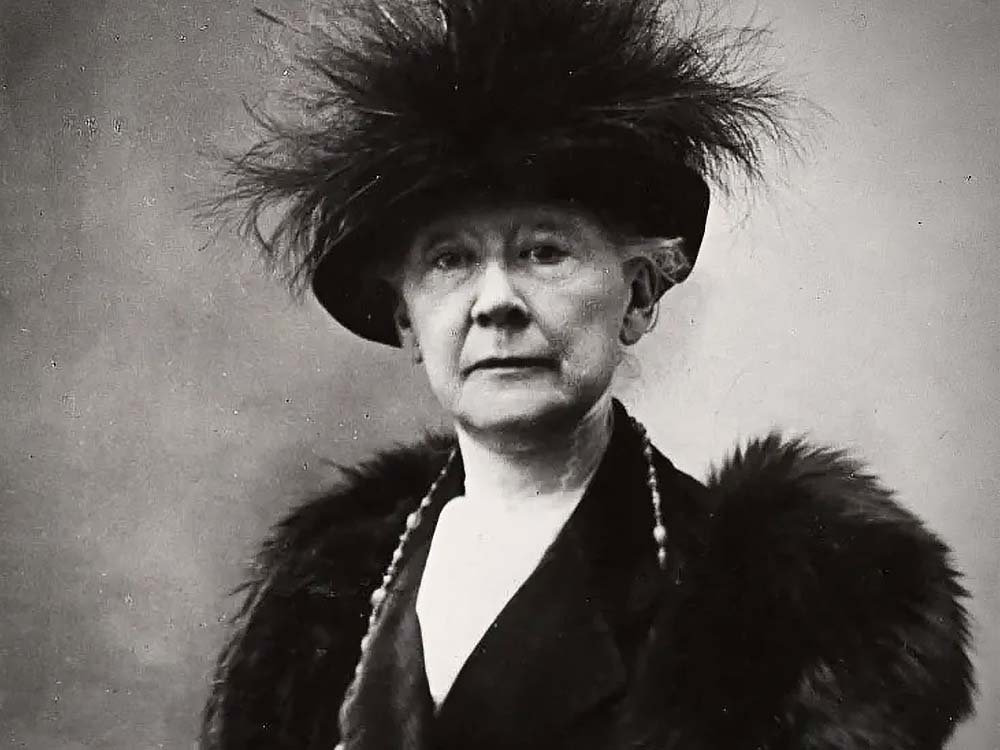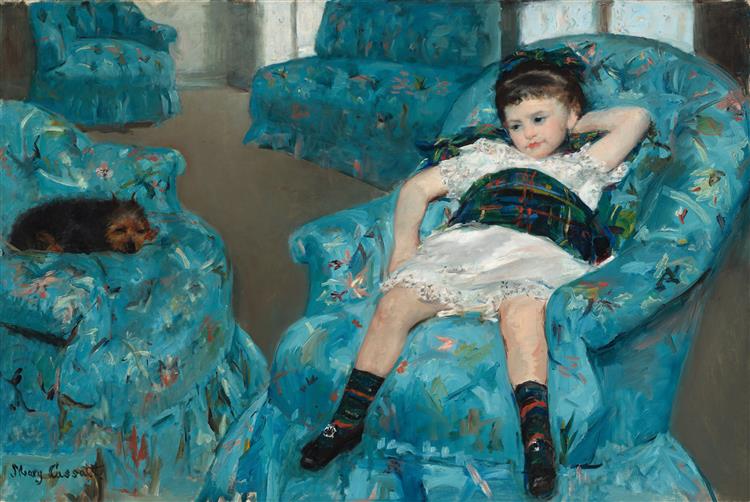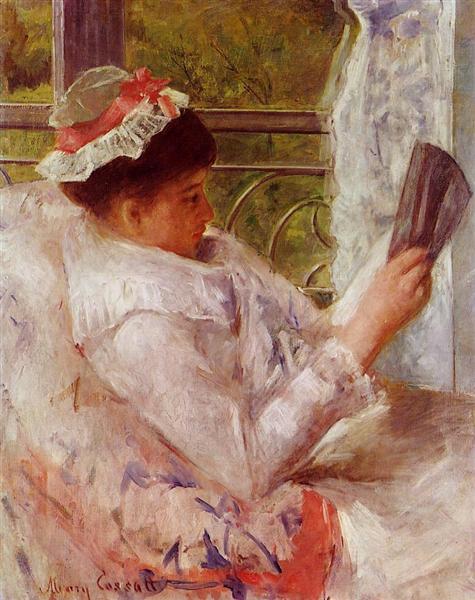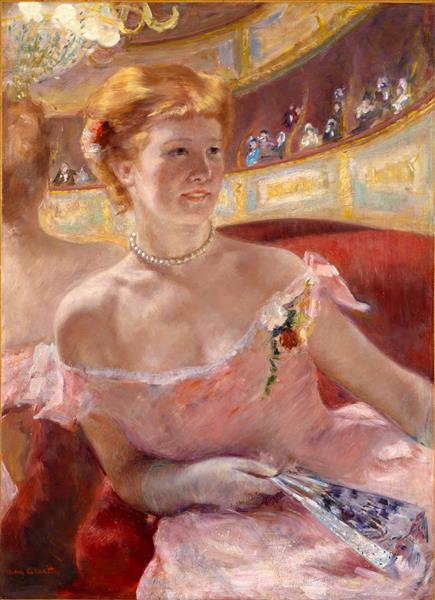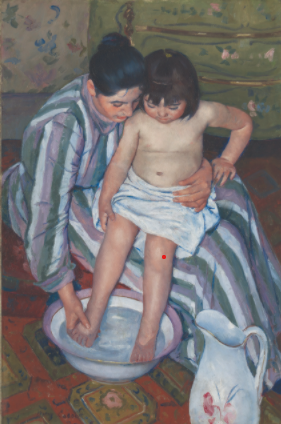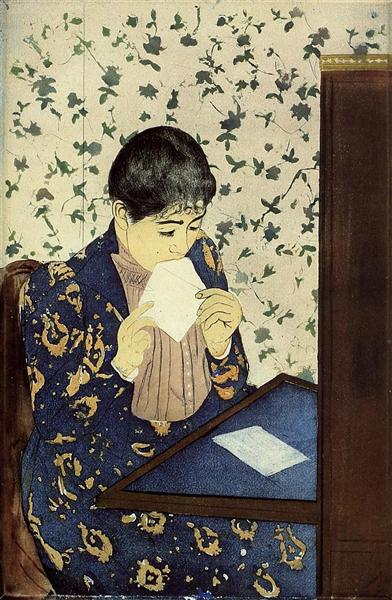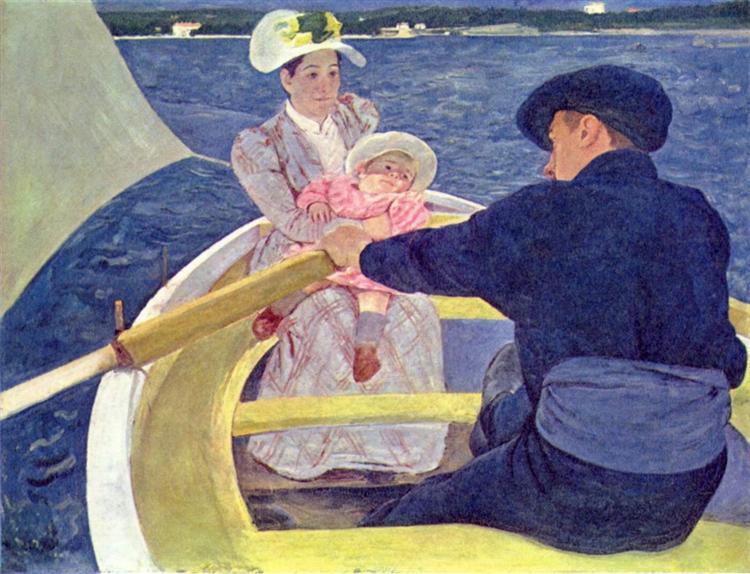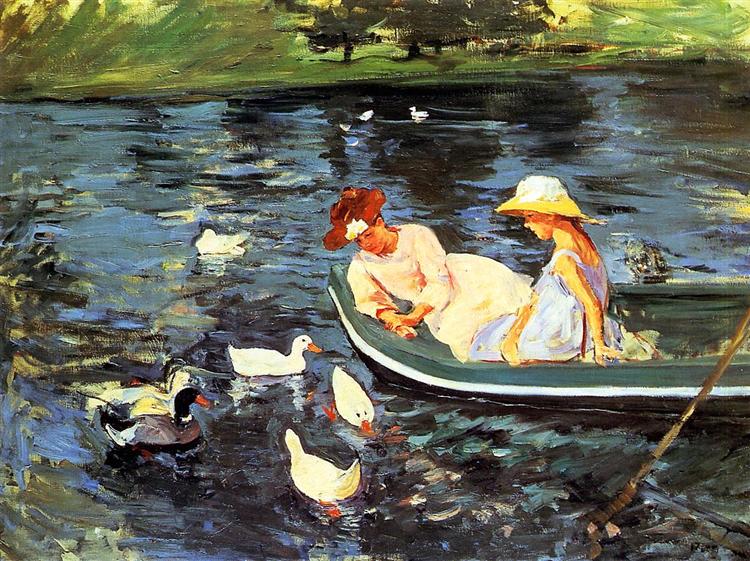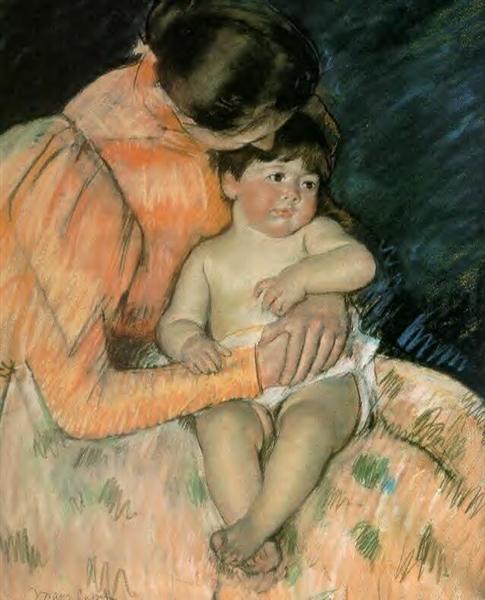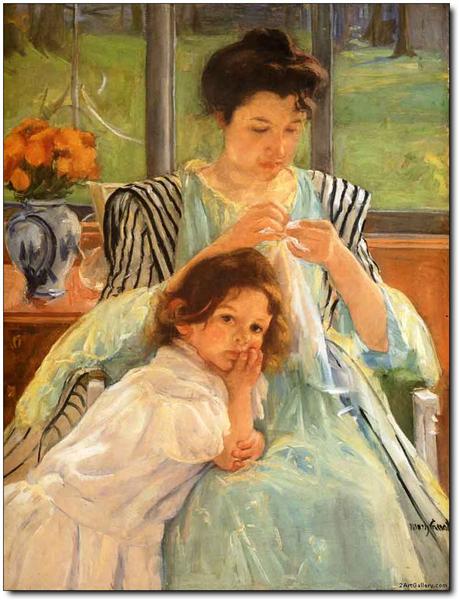When we talk about the luminaries of the Impressionist movement, names like Monet, Degas, and Renoir often come to mind. But there’s one artist whose contributions are just as significant and whose works radiate with unparalleled tenderness and intimacy—Mary Stevenson Cassatt. Born in Pennsylvania and blossoming in Paris, Cassatt’s art celebrates the lives of women and children with a depth and sensitivity that continues to captivate art lovers around the world.
Early Life: From Pennsylvania to Paris
Mary Stevenson Cassatt was born on May 22, 1844, in Allegheny City, Pennsylvania. Showing an early interest in art, she enrolled at the Pennsylvania Academy of the Fine Arts at just 15. However, the limitations she faced as a woman in the art world propelled her to move to Paris in 1866, where she immersed herself in the vibrant art scene.
Breaking Through in the Paris Art Scene
In Paris, Cassatt faced initial resistance but found a mentor in Edgar Degas, who admired her work and invited her to exhibit with the Impressionists. Her association with this revolutionary group allowed her to explore her unique perspective, focusing on the private lives of women and children, a subject matter often overlooked by her male contemporaries.
The Essence of Womanhood: Cassatt’s Iconic Works
Cassatt’s paintings are renowned for their warm, intimate depictions of domestic life. Works like “The Child’s Bath” (1893) and “Little Girl in a Blue Armchair” (1878) highlight her ability to capture everyday moments with emotional depth and a masterful use of light and color. Her work often portrays the bond between mother and child, making her a beloved figure in feminist art history.
“If painting is no longer needed, it seems a pity that some of us are born into the world with such a passion for line and color.“
— Mary Cassatt
Innovation in Printmaking
Cassatt was not only a painter but also an innovative printmaker. Inspired by Japanese ukiyo-e prints, she experimented with drypoint, aquatint, and etching, creating masterpieces like “The Letter” (1891). Her prints are celebrated for their delicate lines and intricate patterns, showcasing her versatility and technical skill.
“Acceptance, under someone else’s terms, is worse than rejection.“
— Mary Cassatt
Legacy and Influence
Mary Cassatt’s influence extends beyond her lifetime. She paved the way for future generations of female artists, challenging societal norms and breaking barriers in a male-dominated art world. Today, her works are housed in major museums worldwide, including the Metropolitan Museum of Art and the Art Institute of Chicago, continuing to inspire and enchant viewers.
Immerse Yourself in Cassatt’s World
Feeling inspired by Mary Cassatt’s extraordinary journey and timeless art? Dive deeper into her world by visiting exhibitions and exploring collections that feature her work. For a closer look at her legacy, check out the latest exhibits at renowned museums or browse online collections. Subscribe for more fascinating insights into the lives of influential artists and to stay updated on upcoming art releases and events.
“I have touched with a sense of art some people they felt the love and the life. Can you offer me anything to compare to that joy for an artist?”
— Mary Cassatt
Mary Cassatt’s art is a testament to the power of capturing everyday beauty and the profound connections between people. Her legacy is a reminder that art can be both a personal expression and a universal language, bridging the past and the present in a timeless dance of color and light.
Looking to explore more art genres? Head over to JoeLatimer.com for a multidisciplinary, visually stunning experience. ☮️❤️🎨
Enjoy this blog? Please help spread the word via:


